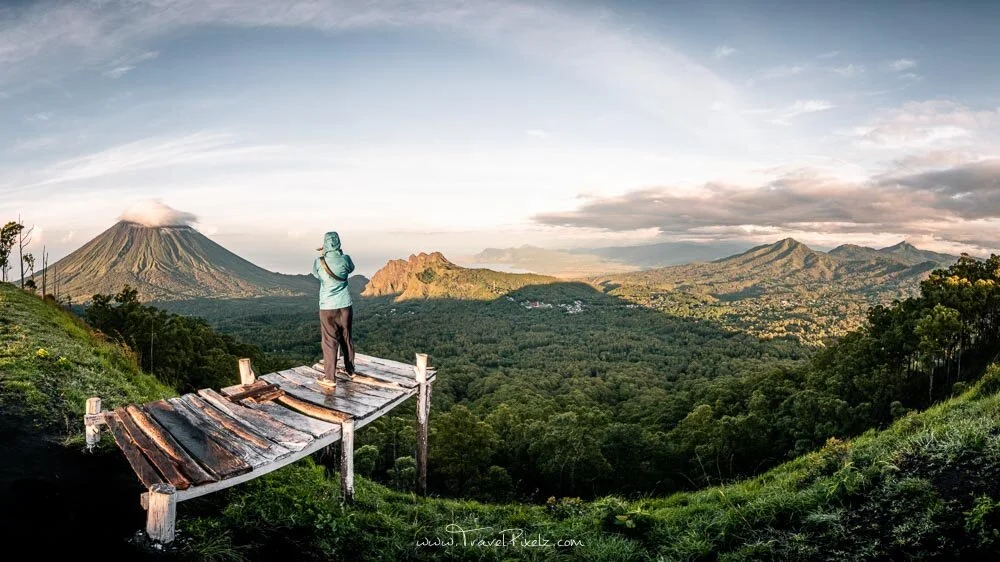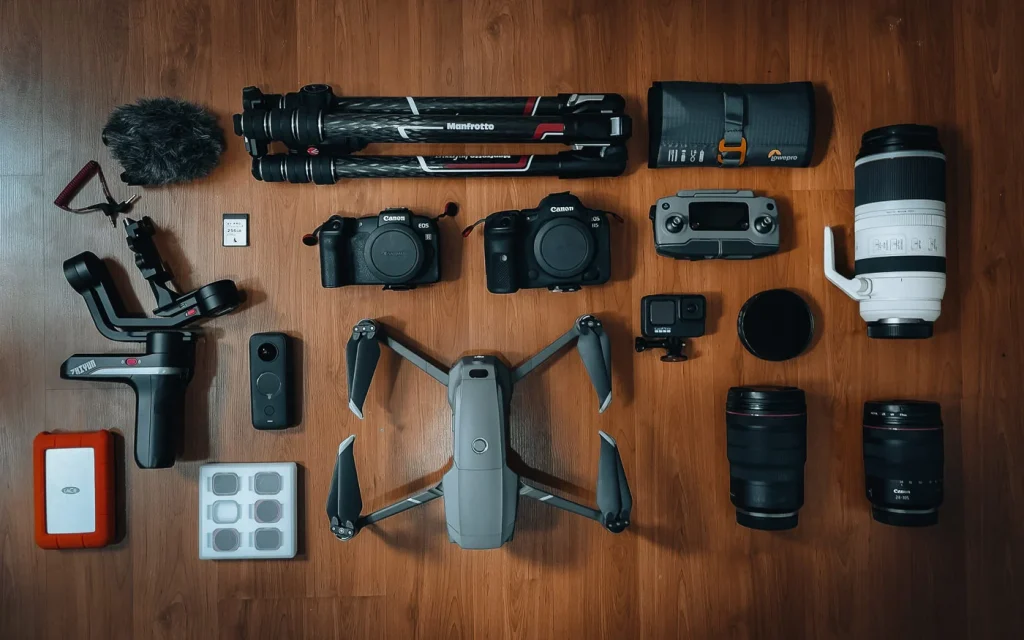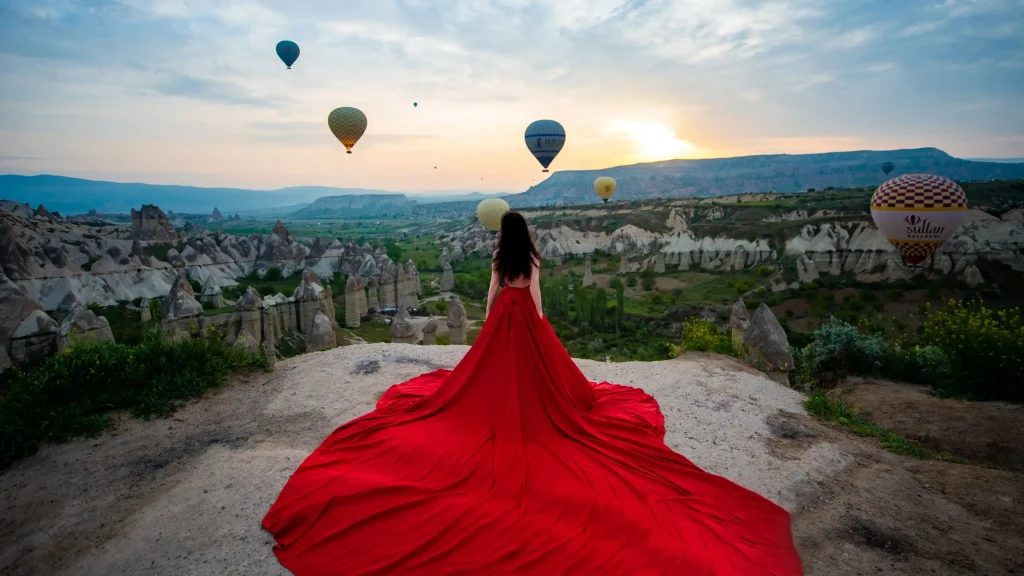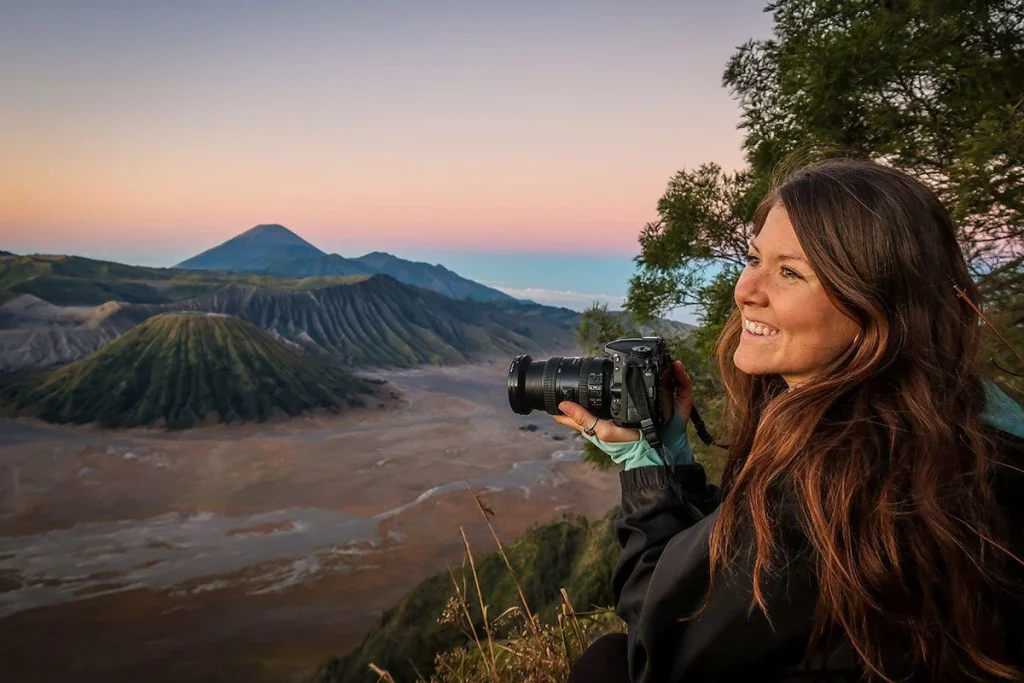
Traveling offers more than just the chance to explore new places; it’s an opportunity to capture memories that last a lifetime. For beginners, travel photography can feel overwhelming—there’s so much to see, so many moments to capture, and sometimes, the fear of missing the perfect shot can be paralyzing. But with a few practical tips, you can start taking compelling, memorable travel photos that tell a story. Here’s a guide to help beginners get started in travel photography.
1. Understand Your Gear

You don’t need a high-end camera to take amazing travel photos. Many smartphones today are equipped with excellent cameras capable of producing professional-looking results. However, understanding your gear—whether it’s a DSLR, mirrorless camera, or smartphone—is essential. Learn the basic functions like adjusting ISO, shutter speed, and aperture if you’re using a camera. If you’re using a phone, familiarize yourself with features like portrait mode, night mode, and exposure control. Knowing your gear allows you to focus on composition and storytelling rather than struggling with technical settings.
2. Prioritize Light
Light is arguably the most important element in photography. The quality, direction, and intensity of light can make or break a photo. For beginners, the golden hours—shortly after sunrise and before sunset—are ideal for capturing warm, soft light that enhances landscapes, architecture, and portraits. Avoid shooting in harsh midday sun, which can create unwanted shadows and washed-out colors. Overcast days, surprisingly, are also great for capturing evenly lit scenes without harsh contrasts.
3. Focus on Composition
Composition is what turns a simple snapshot into a compelling photograph. Beginners should start by learning basic composition techniques:
- Rule of Thirds: Imagine dividing your frame into a 3×3 grid and place key elements along these lines or their intersections. This creates balance and visual interest.
- Leading Lines: Roads, rivers, fences, or pathways can guide the viewer’s eye toward the subject.
- Framing: Use natural frames like arches, windows, or tree branches to draw attention to your subject.
- Symmetry and Patterns: Look for repeating shapes or balanced scenes to add aesthetic appeal.
Experimenting with these techniques will help you develop an eye for visually engaging shots.
4. Capture Candid Moments

While posed photos are nice, candid moments often tell the most authentic travel stories. Capture locals going about their day, children playing, street performers, or travelers enjoying their experiences. Candid photography requires patience and observation. Respect your subjects and avoid intrusive behavior, but be ready to snap the moment when it naturally occurs.
5. Tell a Story
The best travel photographs do more than show a location—they tell a story. Instead of photographing everything in sight, think about what makes a place unique. Is it the food, culture, architecture, or landscape? Focus on images that evoke emotion and give viewers a sense of being there. A series of photos capturing different aspects of a destination can collectively tell a compelling story.
6. Pay Attention to Backgrounds
A beautiful subject can lose impact if the background is distracting. Beginners often overlook backgrounds, which can include clutter, random objects, or people that don’t add value to the photo. Take a moment to observe your surroundings before shooting. Move around, change angles, or use a shallow depth of field to blur the background and make your subject stand out.
7. Keep It Simple
Simplicity is key, especially for beginners. Avoid overcomplicating shots with too many elements. A clean, simple composition often has a stronger visual impact than a cluttered image. Focus on one subject or theme per photo and let it shine.
8. Practice and Review

Photography improves with practice. Take as many photos as possible and review them critically afterward. Ask yourself what works, what doesn’t, and how you can improve next time. Over time, you’ll develop your style and a better understanding of what makes a photograph compelling.
9. Edit Thoughtfully
Post-processing is part of modern photography. Even subtle edits can enhance your photos by improving lighting, contrast, and color balance. Free apps like Snapseed or Lightroom Mobile are beginner-friendly and allow you to fine-tune your images without overdoing it. Remember, the goal is to enhance your photo, not completely change it.
10. Enjoy the Moment
Lastly, don’t get so caught up in capturing the perfect shot that you forget to enjoy your travel experience. Sometimes, the best memories aren’t captured on camera. Take a balance of photos and personal moments to truly appreciate your journey.
Travel photography is about exploring, experimenting, and capturing the essence of your journey. By understanding your gear, observing light, mastering composition, and focusing on storytelling, beginners can take photographs that not only document a trip but also share its magic with others. Start small, practice regularly, and let your passion guide the lens—amazing travel photos will follow.

